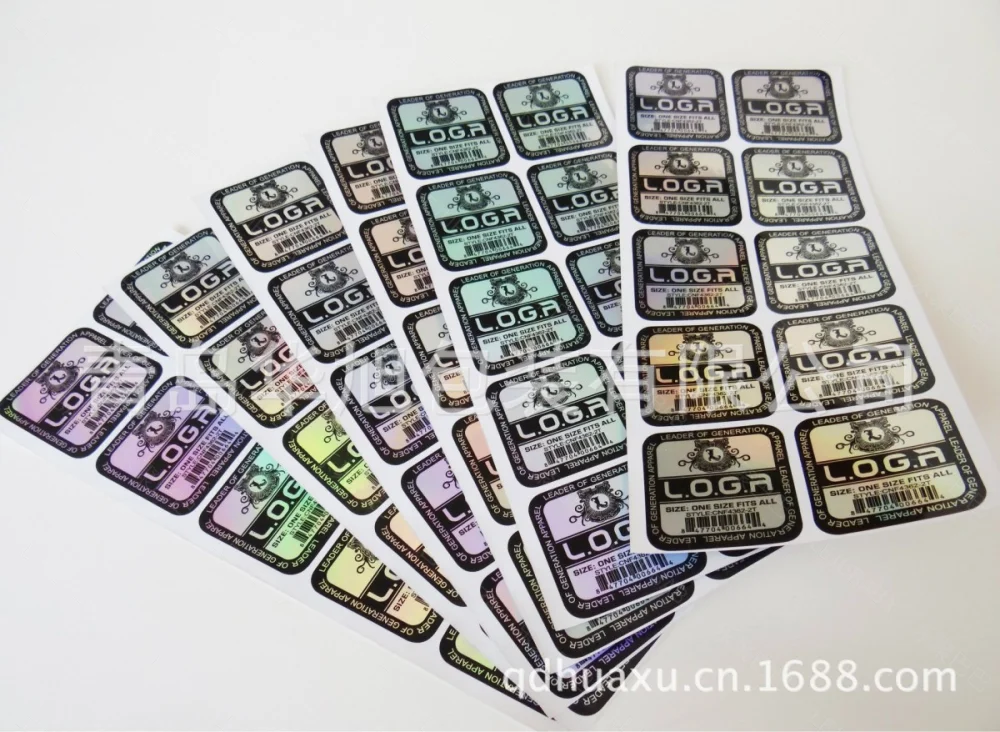The production process of self-adhesive labels mainly includes the following steps:
Disposal: Removing the paper edges around the label after die cutting, allowing the label to be automatically or manually labeled, is a unique process in the processing of self-adhesive labels
Paper collection: There are three ways to collect paper based on the usage of the label Cut and receive paper When the label does not require automatic labeling, the printed label can be cut into individual sheets, making it easier for manual labeling and packaging preservation Another function of cutting and receiving paper is to dry the partially driven labels on the shelf, which can avoid adhesion between the labels Cutting and receiving paper is currently a commonly used method in domestic printing factories; Folding paper delivery, a method that is combined with punching, is mainly used in rotary label machines; Vertical cutting and rewinding is a commonly used process on circular labeling machines Cut the paper longitudinally before receiving it, and then rewind it. After inspection, the finished product label can be used in automatic labeling machines and printers The rewinding of finished label products is the development direction of self-adhesive label printing processing
Lamination process: This process is widely used in label production, specifically in copperplate paper adhesive printing Transparent plastic film is applied to the surface of printed materials through hot pressing to protect the adhesive, increase gloss, and extend service life In addition, if there are indications, they are not easily damaged
Oil passing process: This process is less commonly used, and self-adhesive labels are generally printed for conservation, resulting in high oil passing costs Oil passing is the process of replacing the initial oil of a self-adhesive printing machine with gloss ink for printing production It is a surface decoration of self-adhesive that can increase the added value of the product
Hot stamping/silver stamping process: This process is urgently used, complex, and cost, and is generally applied to logos, labels, trademarks, etc. The process of hot stamping gold and silver with self-adhesive is based on the principle of hot pressure transfer, which transfers the aluminum layer in the electroplated aluminum to the surface of the substrate to form a special metal ic effect
Die cutting process: Adaptive die cutting refers to the use of die cutting dies for irregular or irregular adaptive printing, so that the shape of the printed product is no longer limited to straight edges or right angles, helping to shape the product
Indentation process: This process is widely used, which is to print marks or leave grooves for bonding on self-adhesive paper, making it customary for the use of self-adhesive
Punching and marking processes

The above information is for reference only It is recommended to consult professionals for more accurate information
Tel:
WeChat:hxbz13361290808